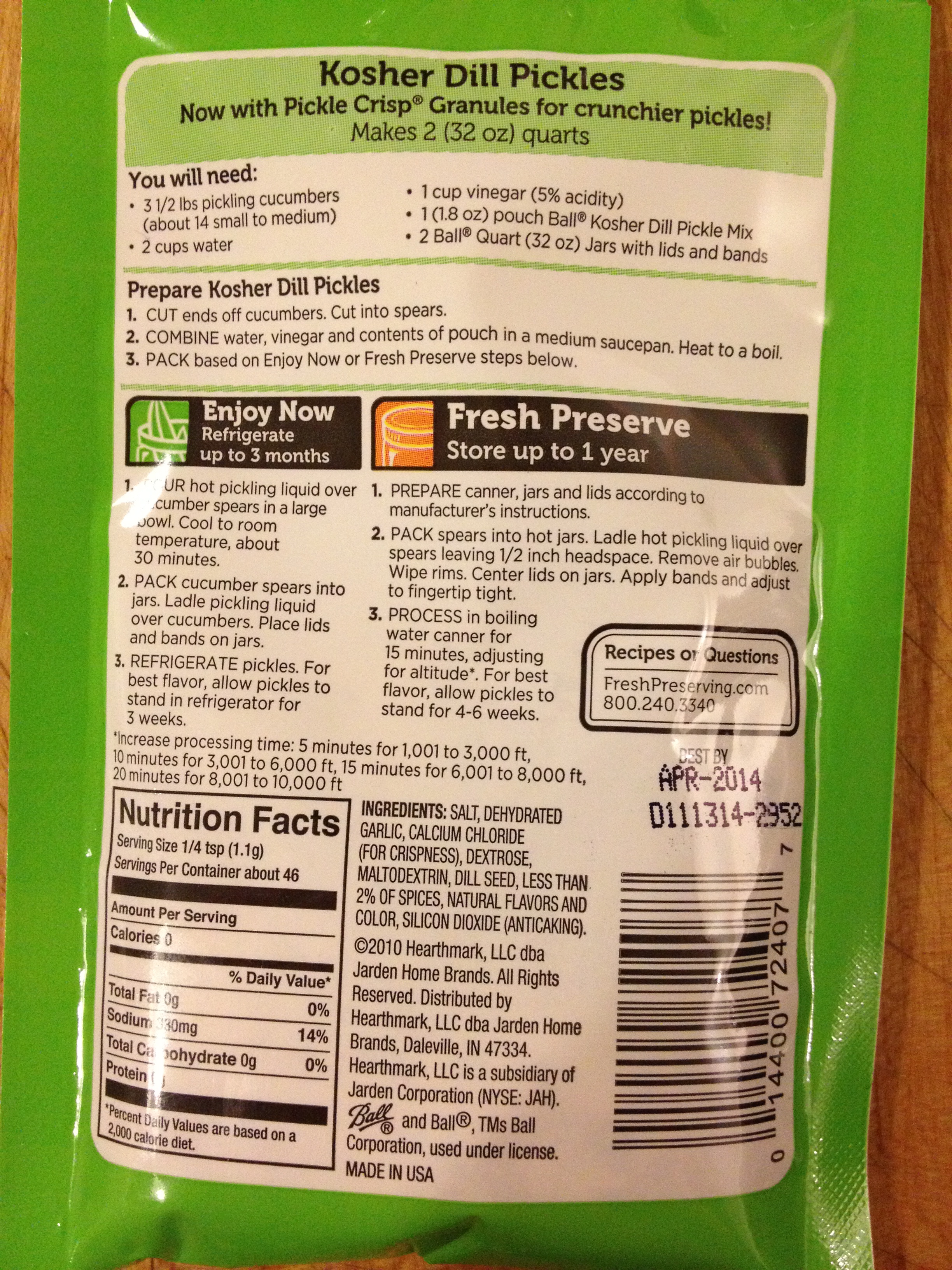I have surface level experience with pickling, having experimented with beets, turnips, and other roots, and having over the past three years worked on perfecting my kimchi technique. But it's easy to get out of the habit, so it felt good to be playing with brininess, sweetness, and acidity again in the name of putting up summers' high supply of cukes and melons. It was simple, really--make sure the jars are clean, then heat up a brine made with some combination of vinegar, salt, a couple spices and a sweetener (we did a batch of watermelon rinds with Vermont Maple syrup to really seize the moment). Add the veggie or fruit to be pickled, and after a slow simmer, jar and cool.
Admiring the rainbow of pickles cooling in their Ball jars, I thought about how easy the process had been...and then I remembered back to a less "savory" pickling moment that happened last month.
I had gone to the hardware store to grab yet another case of Ball jars--the kombucha and kimchi production in our house lately has us whipping through them--and when I unwrapped the jars at home, I found a curious little seed-like packet tucked beneath. Well ain't that neat, I thought upon first glance. The Ball company, America's trusted brand for anything that goes in a glass jar, is demystifying pickling by providing us with a spice blend to make the process that much easier!
But then I turned the packet over to take a closer look, which revealed an ingredient list containing not just the usual lineup of dill, garlic, and other spices, but a laundry list of additives like calcium chloride, dextrose, maltodextrin and silicon dioxide! Apparently the folks at Ball have gone ahead and patented this chemists' dream of a pickle mix--sorry folks but don't even think of naming your own blend of pickle spices "Pickle Crisp Granules"!!
GREAT. Now people who are pickling for the first time are going to think they need all of these chemicals, or this exact ratio of spices, in order to make the crunchy pickles of their dreams. This is disempowering people from thinking they can do it on their own with classic household spice staples. What happens after we finish this little spice and chemical packet? Will our pickles be limp and bland if we don't have the special lab formula blend provided by the chemists at Ball? Guess we need to keep buying more and more Ball jars if we want our pickles to come out right!! As an aside, let me just say that this is so par for the course these days. It's like we HAVE TO HAVE the special tool or widget or ingredient for every little thing we do, whether it's a special baby bed or playpen for each phase of the baby's day, or a special gadget for each kind of vegetable or fruit we aim to chop. I was never going to be a Williams-Sonoma customer...
Of all things, now the big manufacturer needs to go and over-process, overcomplicate the pickle?? I don't know what to say.
















